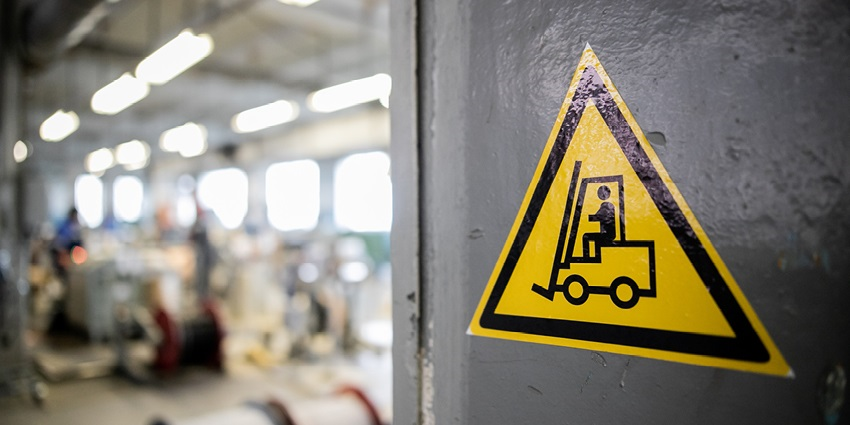
When the increase in WA workforce numbers is taken into account, a worker’s risk of being fatally injured fell by 83 percent between 1988/89 and 2022/23.
In 1988/89, WA recorded 49.5 fatalities per million workers. By 2022/23, this number had reduced to 8.5 fatalities per million workers.
A recent WorkSafe publication – “Worst hazards in Western Australian workplaces 2012-13 to 2021-22” – analyses lost time due to workplace injuries and fatalities and reveals some interesting statistical facts about WA workplaces.
When looking at years of lost work time over the report period, the top twenty workplace hazards resulted in a huge 25,000 years of lost time.
Manual handling is the worst hazard group by total time lost from work, accounting for 40 per cent of all lost time. The worst specific workplace hazard is trips on clear, cluttered or slick ground.
Women are more likely to be harmed by psychosocial hazards and handling other people, while men are more likely to be harmed by falls and vehicle crashes.
Young workers under 25 lose more time to electrocution, gravity hazards and moving objects, while workers over 65 lose more time to trips, handling and assault.
The greatest hazards in the construction industry are falls, trips and handling.
Acting WorkSafe Commissioner Sally North today warned against complacency towards the safety of workers in light of the new figures.
“Although this decrease in the rate of fatalities is good news, we should never become complacent about the safety of workers,” Ms North said.
“The improvements can be attributed to a number of factors including a steady increase in awareness of workplace health and safety over recent decades.
“Improved regulation has also played a part, along with lots of great work from employers, workers, health and safety representatives, unions and industry bodies.
“A general improvement in understanding of risks and hazards and the maturing of the health and safety profession have also contributed to a steady fall in the relative number of deaths and injuries.
“However it’s up to both employers and workers to make safety part of the job so everyone can return home safe and healthy at the end of each day.”
The document “Worst hazards in Western Australian workplaces 2012-13 to 2021-22” can be found at:
Worst hazards in Western Australian workplaces 2012–13 to 2021–22: Report


